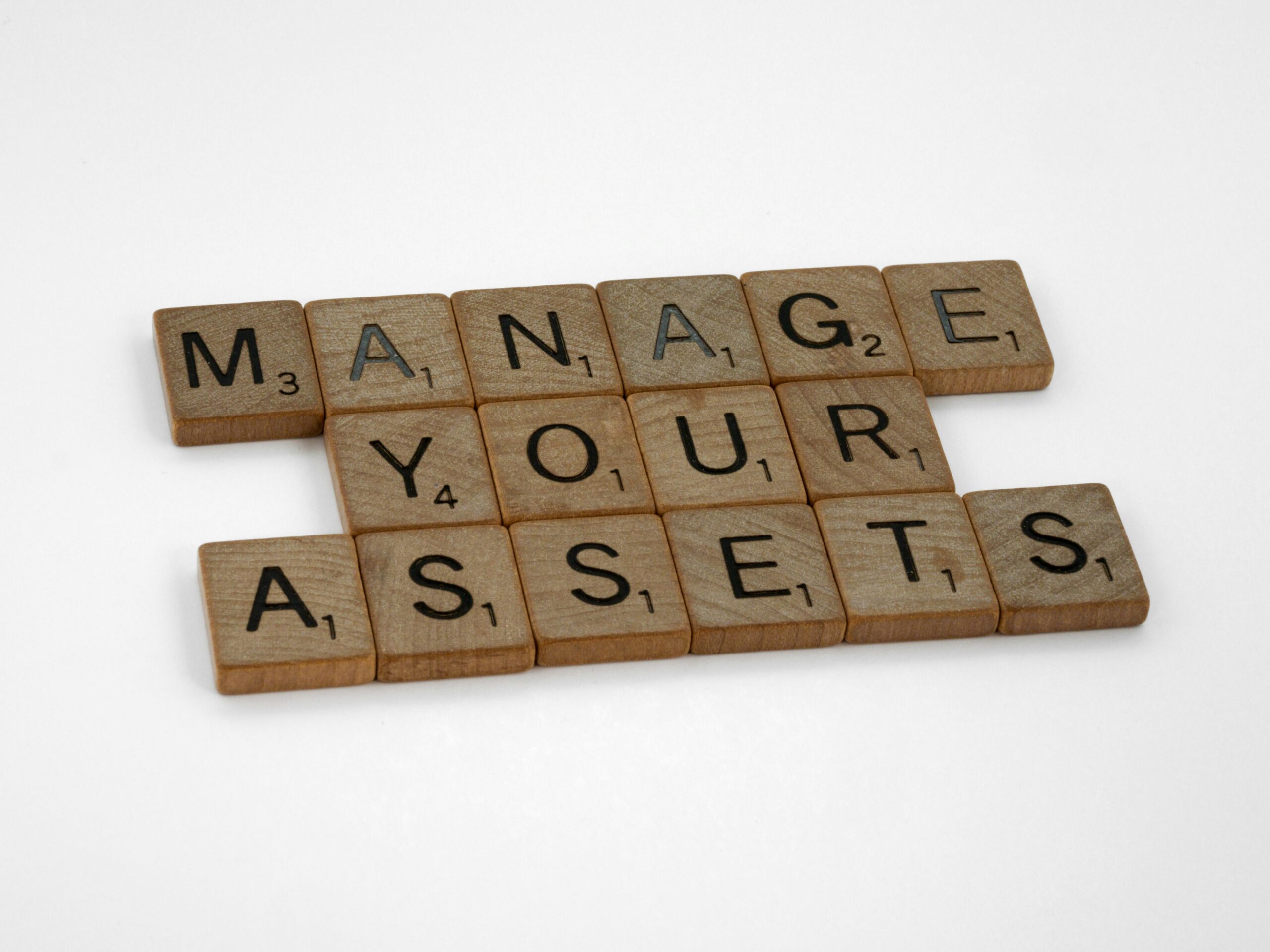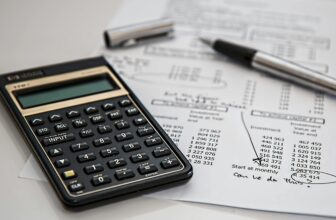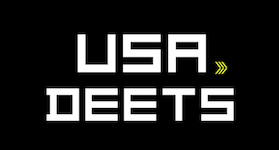
Think of a balance sheet as a snapshot of a company’s financial health. It lists everything they own (assets) and everything they owe (liabilities). Now, assets are generally categorized as either “current” or “long-term”. Current assets are like cash readily available, things you can convert to cash within a year. Long-term assets are more like your dream vacation home – valuable, but not something you’re selling anytime soon.
Key takeaways:
Items used quickly and readily convertible to cash (selling) are current assets. Think groceries you’ll eat soon or clothes you wear often.
Items taking longer to convert or with uncertain selling potential are not current assets. Think unused equipment or outdated decorations.
Effective inventory management in your personal life means using things you have, avoiding unnecessary accumulation, and letting go of items that no longer serve you.
Defining Current Assets
In simpler terms, current assets are like the readily available cash or resources a company can convert into actual cash within a year. Imagine them as your financial toolbox containing things you can easily use or sell to cover short-term expenses, bills, or even investments.
Here’s a breakdown of the key characteristics:
- Short-term conversion: The main feature is their liquidity, meaning they can be turned into cash quickly, usually within a year or the operating cycle of the business.
- Supporting day-to-day operations: These assets directly fuel the company’s regular activities, like buying supplies, paying employees, or funding marketing campaigns.
- Balance sheet position: You’ll find them listed on the left side of a company’s balance sheet under the “Current Assets” section.
Think of it this way: if a company had to shut down tomorrow, current assets would be the resources they could easily sell to settle debts and obligations.
Here are some common examples of current assets:
- Cash: The most liquid asset, readily available for spending.
- Cash equivalents: Short-term investments easily convertible to cash, like money market funds.
- Accounts receivable: Money owed by customers for goods or services already provided.
- Inventory: Products ready to be sold, like finished goods or raw materials.
- Prepaid expenses: Payments made in advance for future services or resources.
What is Inventory?
In simple terms, inventory is the stock of goods and materials a company holds for the purpose of selling or using in production. It’s basically the pile of stuff a business needs to keep its wheels turning, whether it’s raw materials waiting to be transformed or finished products ready for customer hands.
Classifications
While inventory is generally considered a current asset, there are some nuances to its classification due to its varying nature and how readily it can be converted to cash. Here’s a breakdown of the classifications:
1. Current Asset:
- Finished goods: Products completely ready for sale are considered current assets because they have the shortest conversion time to cash.
- Raw materials: These are ingredients waiting to be used in production, but might have a slightly longer conversion time compared to finished goods. Still, if they are routinely used and replenished within the operating cycle (usually a year), they remain current assets.
2. Borderline Cases:
- Work-in-progress: These are partially completed products undergoing production. Their classification depends on their stage of completion and the industry’s usual production cycle. If nearing completion and sold quickly, they might be considered current.
- Slow-moving inventory: Unsold products taking more than a year to move can lose their “current” status due to reduced liquidity. They might be classified as long-term assets or even written down in value if deemed obsolete.
3. Factors Influencing Classification:
- Industry norms: Each industry has its own average inventory turnover rate. For example, a grocery store with fast-moving products will have different inventory classifications compared to a car manufacturer with longer production cycles.
- Company policy: Specific accounting policies of the company and their interpretation of “readily convertible to cash” can influence classification.
Remember: The key to understanding inventory’s classification lies in its liquidity and conversion timeframe. If it can be readily sold and turned into cash within the operating cycle, it’s usually a current asset. However, factors like completion stage, industry norms, and company policy can add complexity to the picture.
Inventory management, while crucial, presents many challenges:
Inventory management isn’t just about stacking boxes! Here are some key challenges and considerations:
Challenges:
- Balancing stock: Holding too much inventory ties up capital and risks obsolescence. Holding too little leads to stockouts and lost sales.
- Accuracy: Manual tracking can be error-prone, impacting order fulfillment and costing money.
- Demand forecasting: Predicting future sales accurately is crucial for optimal inventory levels, but external factors can make it tricky.
- Warehouse efficiency: Optimizing storage, picking, and packing processes is essential for speed and cost-effectiveness.
- Supply chain disruptions: Delays, shortages, and rising costs can throw a wrench in your inventory plans.
Considerations:
- Inventory types: Raw materials, work-in-progress, and finished goods each have different needs and risks.
- Seasonality: Some products have predictable sales cycles, while others are more erratic.
- Lead times: Understanding how long it takes to get new inventory is crucial for planning.
- Technology: Inventory management software can automate tasks, improve accuracy, and provide valuable insights.
- Cost analysis: Balancing holding costs, order costs, and potential lost sales to optimize inventory levels.
Effective Inventory Management
Financial Gains:
- Cost savings: Reduces unnecessary holding costs, prevents costly stockouts, and avoids write-downs on outdated inventory.
- Improved cash flow: Faster inventory turnover frees up capital for other areas like marketing or expansion.
- Increased profitability: Minimizing losses and optimizing costs ultimately leads to a healthier bottom line.
Operational Efficiency:
- Enhanced customer satisfaction: Prevents stockouts, ensuring timely deliveries and meeting customer expectations.
- Streamlined production: Optimized inventory levels avoid disruptions and ensure smooth production flows.
- Improved planning and forecasting: Accurate data helps anticipate demand and make informed purchasing decisions.
Competitive Advantage:
- Faster adaptation to market changes: Respond quickly to trends and new opportunities with flexible inventory management.
- Enhanced brand reputation: Consistent product availability builds trust and customer loyalty.
- Reduced risk of disruptions: Mitigates the impact of supply chain issues and unexpected fluctuations.
Is it a Current Asset or Just Stuff? Your Personal Inventory Explained
Imagine your apartment is your “business” and everything in it is your “inventory.” Let’s see how different items fare on the current asset test:
| Item | Current Asset? | Conversion Time | Liquidity | Risk of Obsolescence | Impact on Cash Flow | Management Challenge |
|---|---|---|---|---|---|---|
| Fresh groceries | Yes | Few days | High | High (perishable) | Positive (food = energy!) | Keeping it fresh |
| Clothes you wear regularly | Yes | Months | Moderate | Moderate (trends change) | Positive (you can wear them often) | Avoiding impulse buys |
| Party decorations from last year | No | Uncertain | Low | High (outdated theme) | Negative (taking up space) | Decluttering regularly |
| Unused gym equipment | Maybe | Variable | Low | Moderate (depends on condition) | Negative (not contributing) | Finding ways to use it or selling |
| Classic books | Maybe | Variable | Low | Low | Positive (potential resale value) | Finding dedicated storage space |
Conclusion
In most cases, inventory qualifies as a current asset, parked alongside cash and accounts receivable due to its intended purpose: to be sold and converted into cash within a year. However, it’s not a one-size-fits-all situation. Factors like completion stage, industry norms, and company policy can influence the classification. Remember, the key lies in liquidity and conversion timeframe. Think of readily sellable products as the “readily spendable” cash in your business toolbox!
References
Authentic References for “Is Inventory a Current Asset on the Balance Sheet?”
General Accounting Resources:
- Financial Accounting Standards Board (FASB): https://www.fasb.org/
- International Accounting Standards Board (IASB): https://www.ifrs.org/groups/international-accounting-standards-board/
- Investopedia: https://www.investopedia.com/terms/i/inventory.asp
- FreshBooks: https://support.freshbooks.com/hc/en-us/articles/360004173612-What-are-items
- Deskera: https://www.deskera.com/blog/inventory/
FAQs
Q1. Is inventory a current asset on the balance sheet?
In most cases, yes! Inventory is generally considered a current asset because it’s intended to be sold and converted into cash within a year, similar to cash and accounts receivable. Think of it as “money stored in the form of products.”
Q2. Are inventories always classified as current assets?
Not always. The classification can depend on a few factors:
Completion stage: Finished goods ready for sale are current assets, while raw materials might be further from conversion and considered current only if readily used.
Industry norms: Some industries, like fashion with fast-moving products, have faster inventory turnover, making it more likely to be current.
Company policy: Specific accounting policies can influence classification based on their definition of “readily convertible to cash.”
Q3. Is opening inventory a current asset?
Yes, opening inventory is included in the current assets section of the balance sheet at the beginning of an accounting period. It represents the value of inventory already held by the company.
Q4. Are current assets also referred to as inventory?
No, not exclusively. Current assets encompass various categories, including inventory, cash, accounts receivable, and other short-term resources. While inventory is a significant component, it’s not the only one.







